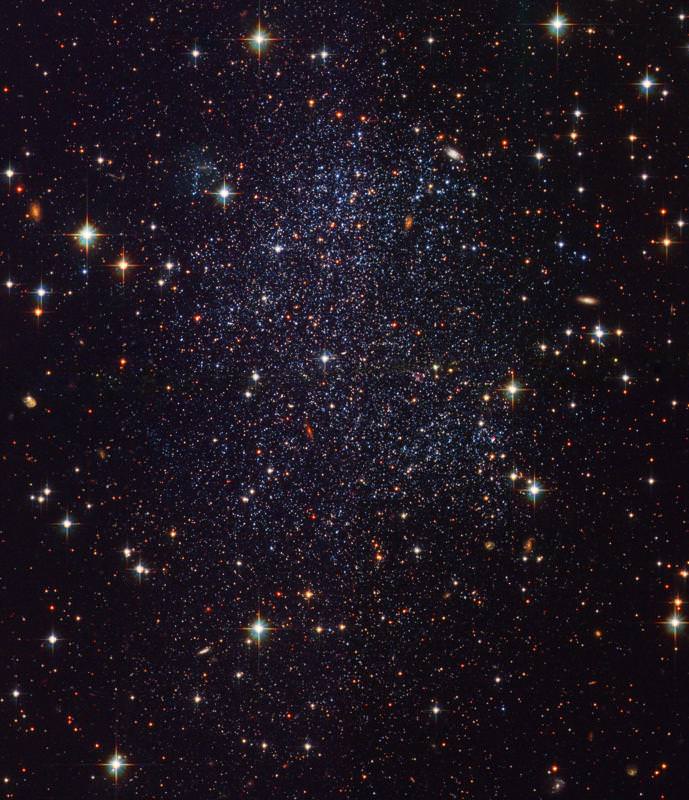The current view of galactic formation is that galaxies form from a “bottom-up” method. In this picture, small dwarf galaxies, full of metal poor stars, were attracted by dark matter halos in the early universe which merged into larger galaxies. Many of those metal poor stars can still be seen today in the halo of the galaxy, but it was thought that the building blocks from which the galaxies were constructed were long gone or had evolved on their own and would no longer resemble the primordial building blocks.
However, earlier this year, an extremely metal poor star with only 0.00025% of the iron in the Sun was discovered in the Sculptor dwarf galaxy. If confirmed, this would show a strong link to further support the notion that metal poor dwarf galaxies were related to the metal poor stars that still populate our halo. Confirming this was the subject of a recent paper.
For their study, the authors analyzed the newly discovered star (S1020549) with a high resolution spectrograph. From this, they confirmed that the star had very little iron present (an element generally used as an indicator of overall heavy element abundance since its absorption lines feature prominently in the spectra and are easily detectable). The extremely low ratio of iron to hydrogen makes it currently the most metal poor star known in a dwarf galaxy (the overall record holder for metal deficiency is HE 1327–2327).
The study determined an overall [Fe/H] abundance of -3.8 (see how this abundance is defined here) which is very similar to the [Fe/H] abundance of archetypical halo stars of about -4.0. Furthermore, many of the other elemental abundances that were uncovered with the detailed spectroscopy (especially those of Mg, Ca, Sc, Ti, and Cr) also fit the general abundance level of stars found in our halo.
This isn’t a conclusive tie between the two and more such stars will need to be uncovered to reinforce the similarities, but since S1020549 was discovered with “a relatively modest survey” this may suggest “that future observational searches should discover more such objects in Sculptor and other dwarf galaxies.”

